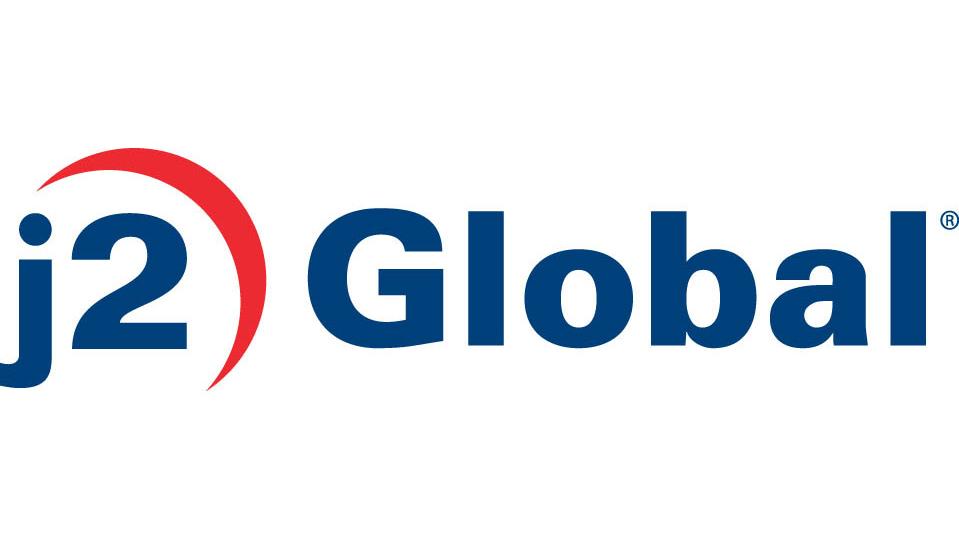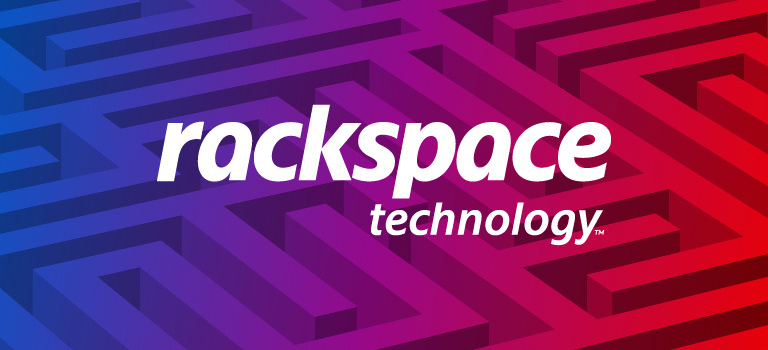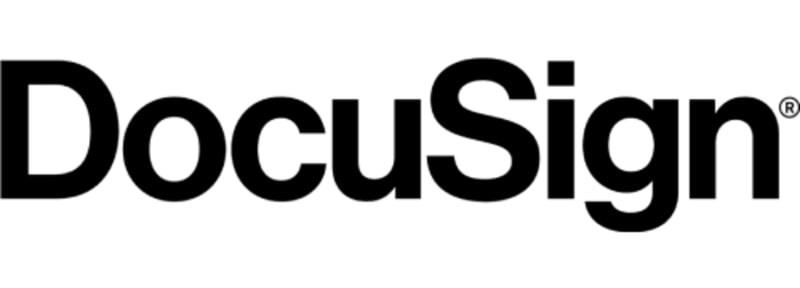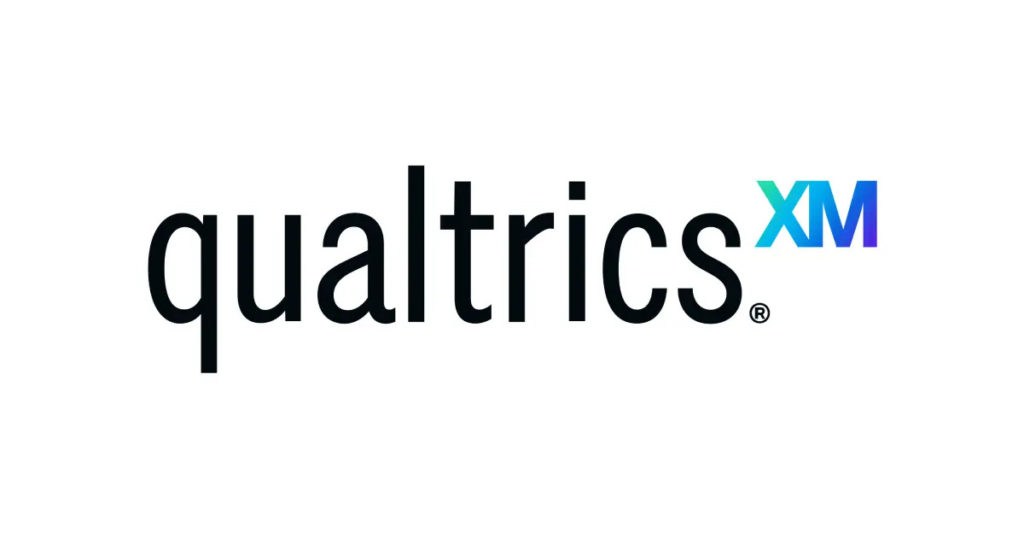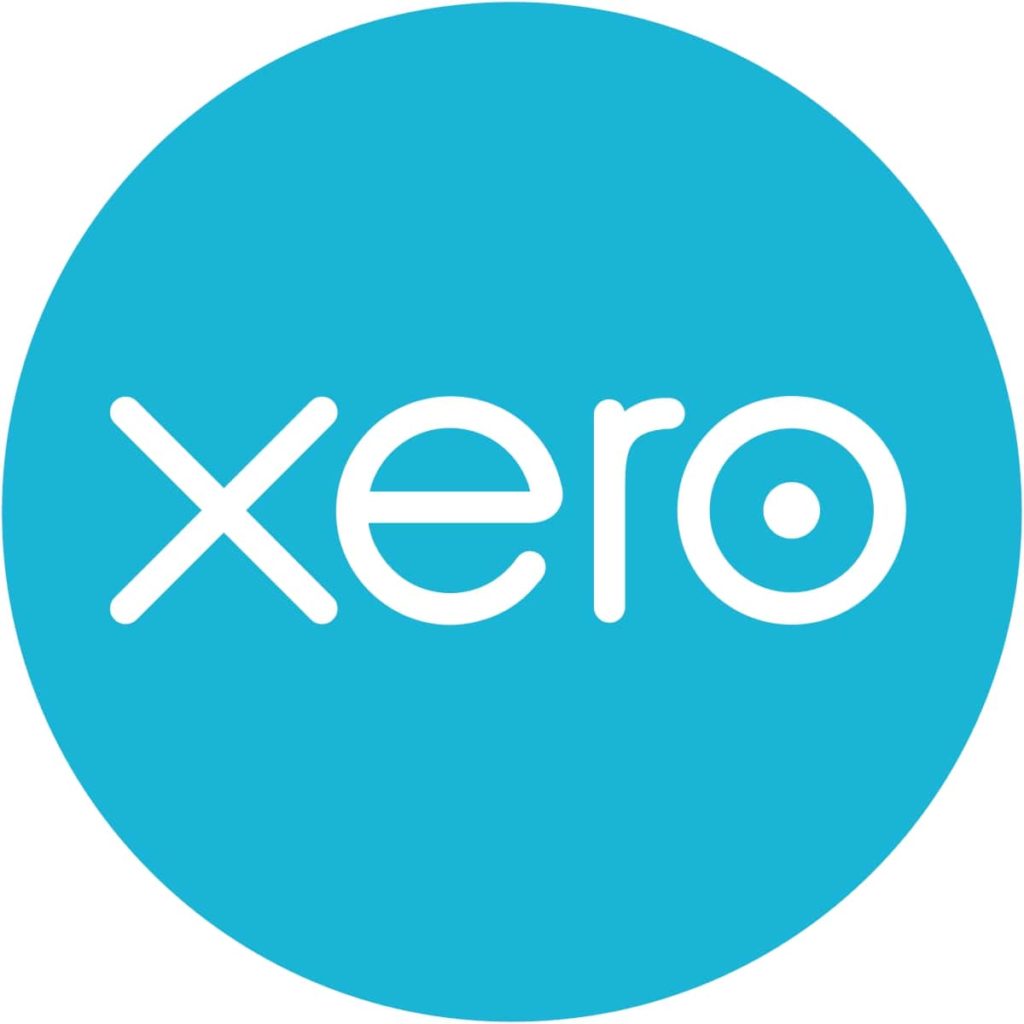Anaplan – A San Francisco-based Software Company Mainly Famous For Its Enterprise Management Products.
Based in San Francisco, California, Anaplan is a software company that sells subscription-based products for enterprise management helps in decision making. The software developed by the company are cloud-based products that mainly focus on business planning and it also provides data for business analytics. The founders of the company are Guy Haddleton, Sue Haddleton, and Michael Gould. Anaplan was founded in 2006 and currently, it has established markets in 13 different countries and employs nearly 2,000 people. Anaplan has customers from very diverse industrial sectors like healthcare, telecom, retail, banking, etc. Some of the big customers of the company are DocuSign, Tata Steel, and Zillow.
History Of Anaplan
Anaplan was originally founded in Yorkshire England by the Haddletons and Gould. The company made significant expansion, acquisition, and growth in the last century. In 2010, four years after officially founding the company, it sold its first product. The same year it received its first capital funding and within the next two years, Anaplan was able to host another funding round. In 2012, Anaplam raised $11.2 million in its Series B funding round. The main investors were Granite Ventures and Shasta Ventures. Anaplan also hired Frederic Laluyaux as the new CEO of the company in the same year, but he resigned from the company in 2016.
The company eventually started its acquisition and in 2013 bought Vue Analytics, one of its resellers based in the UK. The monetary terms were not disclosed to the public. In 2013, the company again had another round of funding (Series C) in which it raised $33 million. Apart from Shasta and Granite Ventures, some other significant investors were Meritech and Salesforce.com. A year from its Series C funding, the company announced that it hosted Series D funding from which it raised $100 million and it made the total amount of investment to $150 million.
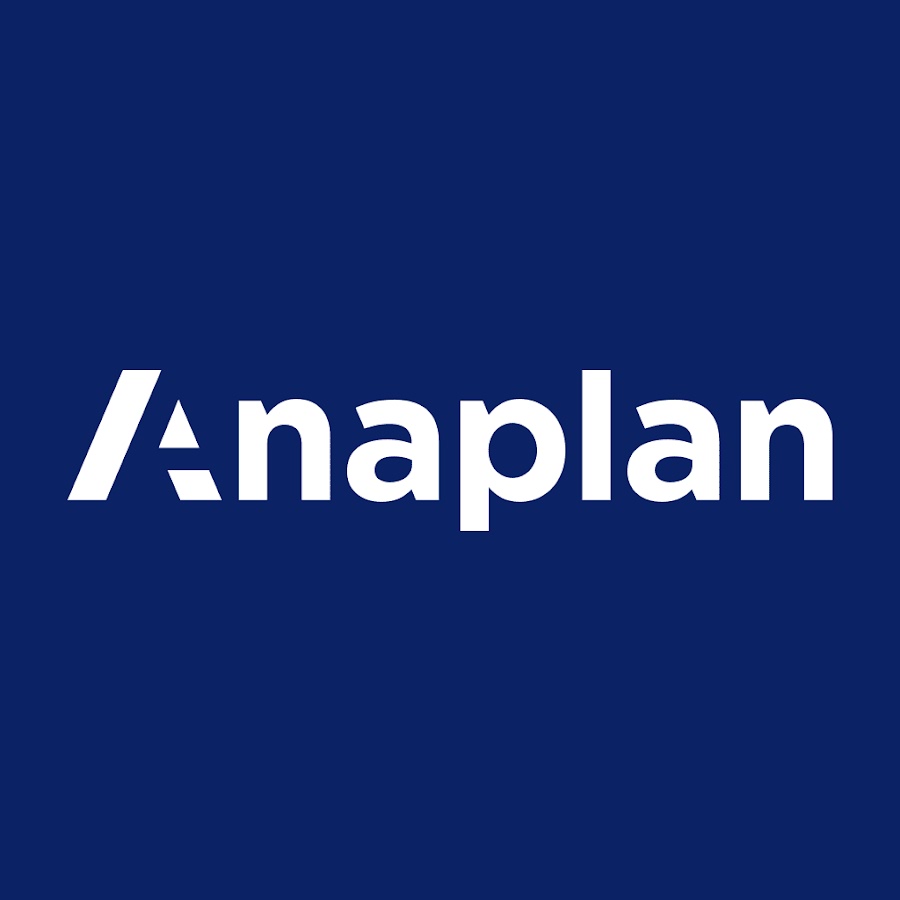
Growth And Success
By 2014, the company was able to raise a handsome amount of money from the investor. So, the same year Anaplan rolled out its marketplace Anaplan Hub whose main goal was to assist customers to find pre-designed planning models. The platform also has an option such that it can allow customers to share their planning models as well. By the end of 2014, the company opened 11 offices in 7 different companies and it was still expanding to other international marketplaces.
In 2016, Anaplam conducted another round of funding and it received $90 million from it. After this funding round, the valuation of the company reached the $1 billion mark and it obtained unicorn status. The then CEO of the company, Frederic Laluyaux announced that it was the last private funding round of the company and an IPO was around the corner. Before going public, Anaplan hired James Budge as the new Chief Financial Officer of the company and after a year appointed Frank A. Calderoni as the new CEO.
With Goldman Sachs and Morgan Stanley as the lead underwriters, Anaplam went public in 2018 and got listed on the New York Stock Exchange. The position of Simon Tucker changed from Chief Customer Officer to Chief Planning Officer and he was given the responsibility to reshape the company’s core business. Recently, Anaplan has acquired an Israeli company called Mintigo which specializes in sales analytics. Anaplan also appeared on the list of Deloitte Technology First 500.
Frank Calderoni – CEO Of Anaplan
Frank Calderoni is not only the CEO of the company but also the Chairman of the Board of Directors of Anaplan. Frank has experience in industry leadership for more than 30 years and he served in many other companies before joining Anaplan. Prior to joining Anaplan, Frank was the Executive Vice President, Operations, and CFO of Red Hat Inc, for two years. He also worked at Cisco Systems for 7 years and other companies like Adobe and SanDisk. In an interview, Frank said that Anaplan is full of opportunities and that is one of the main reasons he decided to join the company.

Annasha Dey is an NIT student, who apart from studying engineering is also a content writer. She has a great interest in photography, writing, reading novels, and travelling as well. She is a foodie who loves socializing and hanging out with her friends. She is also a trained Kathak dancer and a big fashion enthusiast. Dey also loves watching TV series, which includes F.R.I.E.N.D.S. and Big Bang Theory. To be a better writer she prefers to read more
